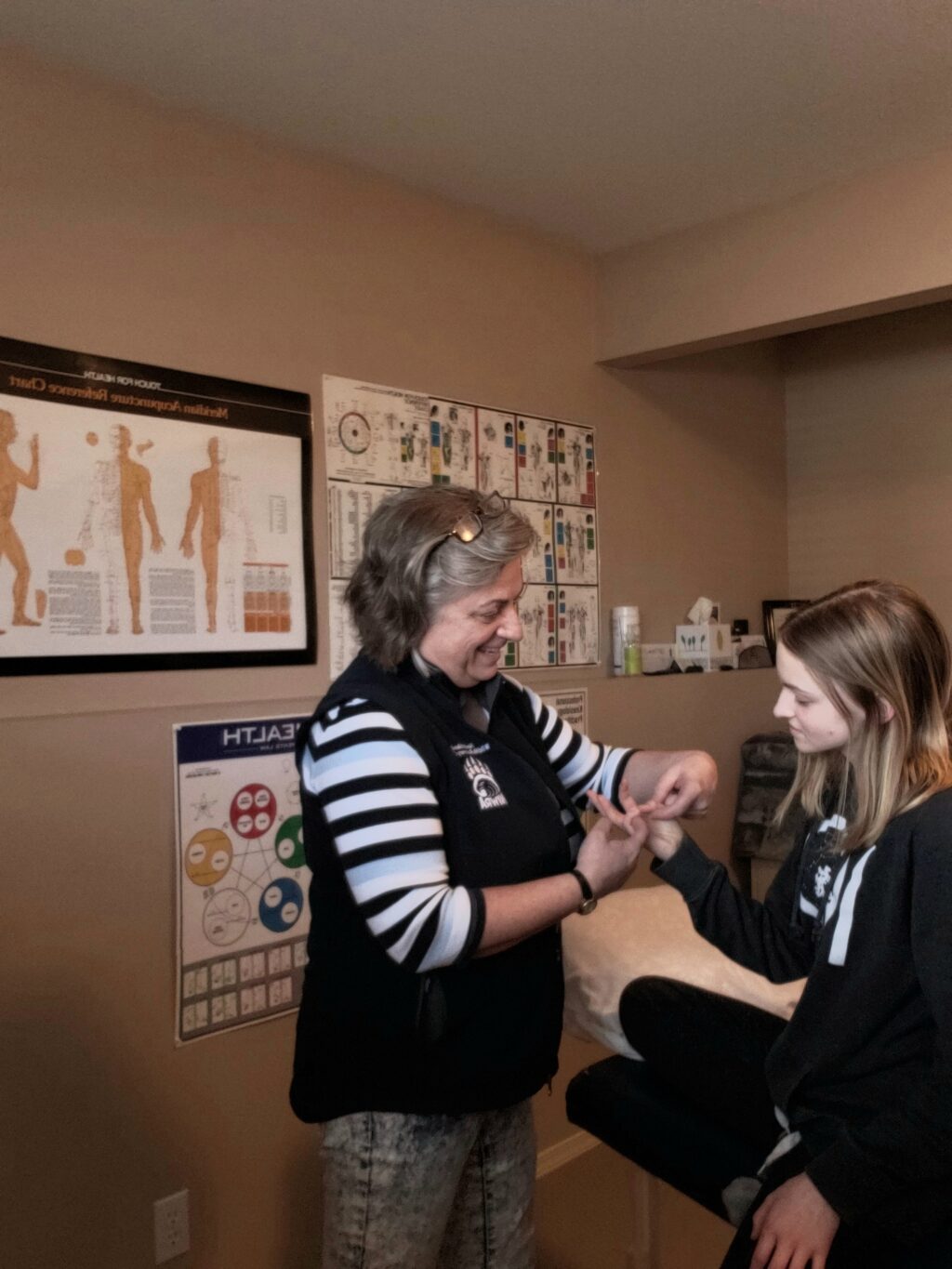
We’ve spent the last two episodes exploring the power of bioenergetic wellness — how small techniques can release blocked emotions, support the body, and build resilience. Today, we go deeper: we explore the science of biofeedback, the skill of muscle response testing, and how these tools give us the confidence to prioritize self-care with precision and clarity.
Most people approach health reactively. We wait until something hurts, until symptoms appear, or until a diagnosis forces us to act. In the meantime, our habits, patterns, and stressors continue to influence our bodies in subtle ways — ways that often remain invisible until imbalance becomes illness.
Biofeedback, particularly muscle monitoring, allows us to move beyond guesswork. Instead of trial and error, we can listen to the body directly. The muscle response test — pioneered by Dr. George Goodheart and expanded by countless practitioners — isn’t about testing strength. It’s about understanding the energetic integrity of a muscle and how it relates to the body’s systems. Each muscle reflects information about the organ system and its flow of energy. By tuning in, we gain insight into where the body needs support first, second, or later.
Recent research by Dr. Anne Jensen at Oxford University has helped legitimize this method in the eyes of science. Her work shows that muscle response testing is a reproducible, evidence-based tool to assess the integrity of organ systems. It validates what practitioners have long observed: the body communicates, and it can do so reliably if we know how to listen.
⚡ Prioritizing Action Through Biofeedback
One of the most transformative aspects of muscle monitoring is its ability to guide prioritization. Often, when we try to heal ourselves, we attempt everything at once: new diets, supplements, exercises, or meditations. While these practices may be beneficial, they can become overwhelming or even conflicting if applied without order.
Muscle monitoring reveals the body’s innate wisdom. It shows us what needs attention first, second, and third — allowing us to act confidently. Instead of guessing, we follow the signals of our own system.
For example, Denise Cambiotti, DHC, shares that during a session, a client may present with shoulder tension. The muscle test might reveal that the real priority lies in the digestive or adrenal system. Supporting that first often releases the tension in the shoulder without direct intervention. Likewise, Kate Montgomery, ND, has discovered that conditions like carpal tunnel syndrome are frequently linked to musculoskeletal imbalances in the arm and shoulder. By addressing those primary imbalances first, clients often avoid surgery altogether.
🌱 Science Meets Spirit
The beauty of biofeedback is that it bridges science and intuitive awareness. By understanding the evidence-based mechanisms — the link between muscles, organ systems, and energy flow — we gain confidence that our actions are effective. Simultaneously, we tap into the intuitive and energetic side of the body, deepening our connection to our own innate healing potential.
It’s a reminder that the body is intelligent. We don’t have to fight it, force it, or guess at what it needs. We simply listen, respond, and support.
💫 Tools and Tips for Daily Biofeedback Practice
You don’t need to be a practitioner to start connecting with the body in a biofeedback way. Here are a few tips shared in our podcast episode:
- Check In Daily: Spend a few minutes noticing tension, breath, and posture. Where do you feel tight, blocked, or low in energy?
- Simple Muscle Awareness: Lightly touch or activate key muscle groups while breathing slowly. Notice where your energy shifts or where tension releases.
- Body Pendulum: This is a gentle method to gauge responses from your system. Holding a pendulum or moving your hand over energy points can provide subtle cues.
- Tea Rituals: Integrate awareness into daily rituals. In this episode, we sipped Golden SereniTEA, a black and green tea blend with lemon balm and turmeric, encouraging relaxation, confidence, and inner peace. Rituals like this support your energetic alignment.
- Expand Your Learning: For those ready to go deeper, consider certified training in muscle monitoring, Touch for Health, or energy medicine modalities. Learning alongside experienced practitioners provides confidence, skills, and a supportive community.
🌞 Living Biofeedback Daily
When we integrate biofeedback into our lives, wellness stops being reactive. We no longer wait for a symptom to appear. Instead, we respond to the body’s signals, take action in the correct order, and witness our natural healing unfold. Confidence grows as we see the results of intentional action, and old patterns of trial and error are replaced with clear, informed choices.
Muscle monitoring empowers us to trust ourselves. Each session, each check-in, each small ritual becomes an opportunity to support the systems of the body intelligently and intuitively. And when combined with energy awareness, mindfulness, and community support, it forms a comprehensive approach to living wellness daily.
As we close our trilogy, remember: you are not guessing. You are listening. You are acting. And in doing so, you are stepping fully into the wisdom your body has always held.
You can reach Kate Montgomery at katemontgomery@gmail.com.
You can reach Denise Cambiotti at www.muscletuners.ca.
You can learn more about Touch for Health here.
You can experience the tools in our Qi YINtegration and Movement and Music classes. You can learn more in the shop.
Ready to discover more? Check out the Canadian Association of BioEnergetic Wellness, or www.canbewell.org. Denise and Michelle have been on the leadership team for many years, and there are lots of great resources and programs offered through the organization.
